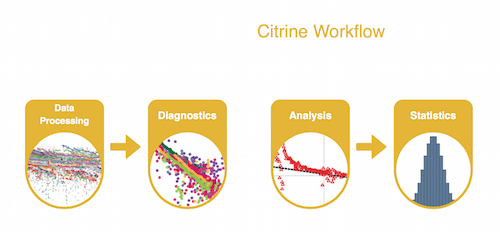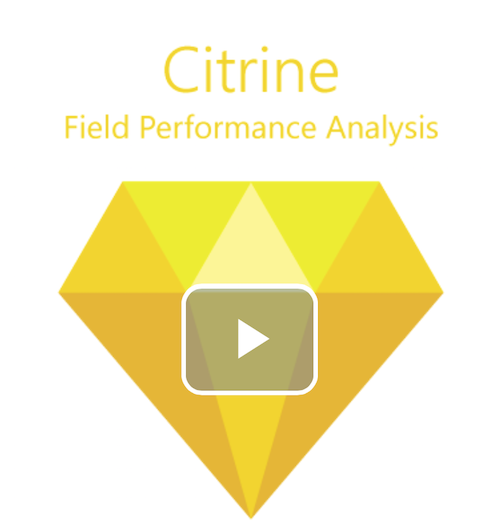Citrine
Field Performance Analyis often involves analyzing hundreds, sometimes thousands of multifractured horizontal wells with low resolution data. But the demands on engineers remain the same, to analyse these wells and to provide regular forecasts, reserves and performance optimization. With such massive data, there is insufficient time to precisely model every well. Traditional decline curve analysis is often used, however in shale reservoirs these techniques which were originally developed for conventional formations, are not adapted to the transient nature of unconventional reservoirs. Citrine provides two workflow methods for analysing the performance of a field. The first, uses traditional decline curve analyses. All the common empirical decline models are available for fitting a decline curve to the well data and regression tools are used quickly apply the decline curves to all the wells in the field. These methods are simple to use and provide quick forecasts, however in unconventional formations we are fitting decline curves to transient behavior. Consequently, a second workflow method has developed that consists of identifying a ‘type well’, accurately modeling the well with Topaze NL, and then applying this as a proxy model to a group of wells.

















